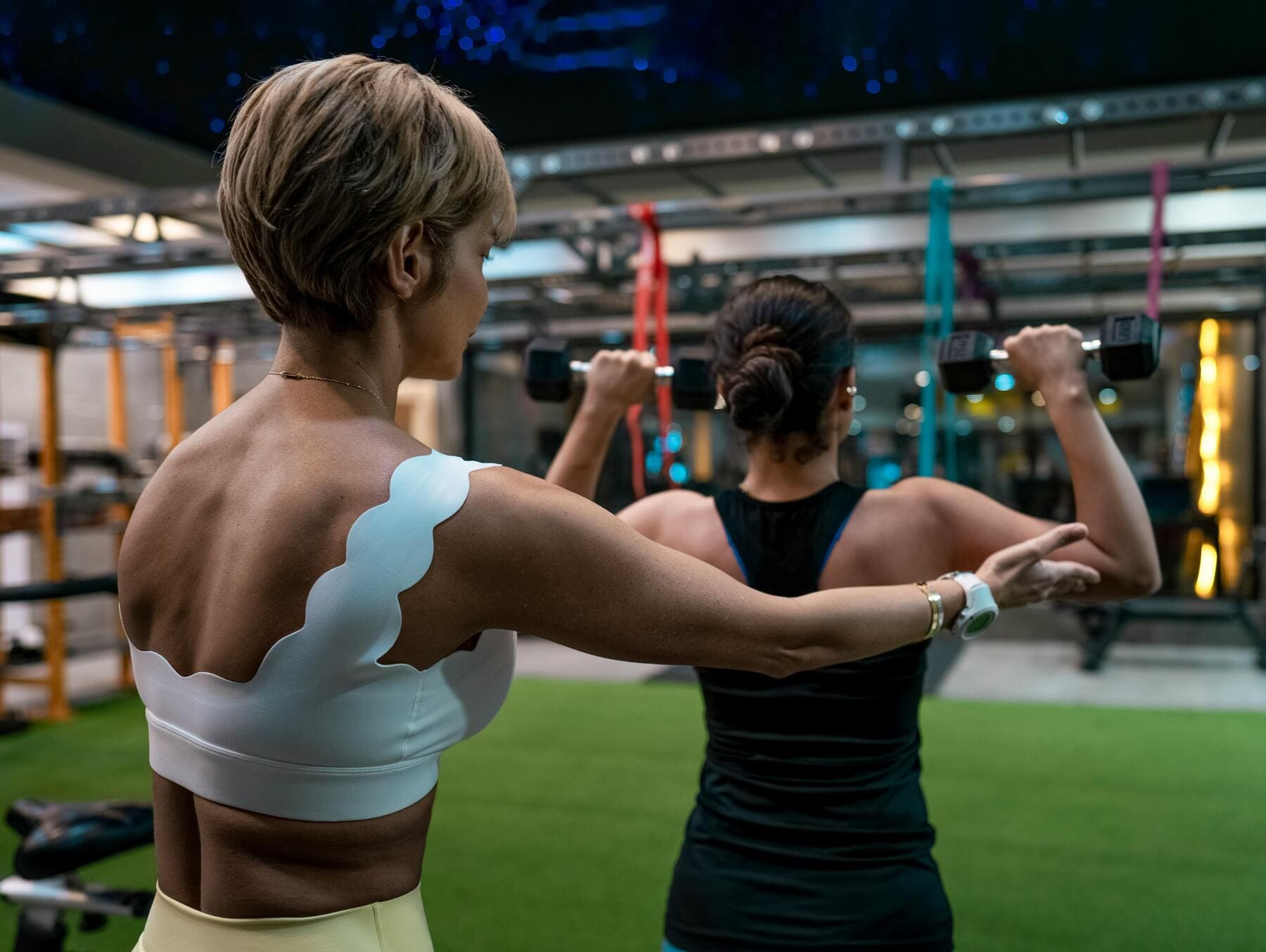 11.11.2025
11.11.2025
At Zenaflexlolo, we understand the profound impact that conscious movement can have on connecting body and spirit. Integrating mindfulness into physical activity offers a powerful pathway to enhanced well-being and inner harmony. Here, we explore several prominent approaches that cultivate this vital connection:
Yoga & Pranayama: This ancient practice combines physical postures (asanas), controlled breathing techniques (pranayama), and meditation to foster deep awareness. It systematically builds flexibility, strength, and mental clarity, guiding practitioners toward inner peace and a profound sense of self.
Tai Chi & Qigong: Characterized by gentle, flowing movements, these practices integrate deep breathing and focused concentration. They are designed to improve balance, coordination, and cultivate vital energy (qi), promoting a serene mind and a resilient body through harmonious motion.
Mindful Walking/Movement: This approach involves bringing intentional awareness to everyday physical activities. By focusing on sensations, breath, and surroundings during simple actions like walking, it transforms routine movements into opportunities for presence, grounding, and a deeper connection to the physical self.
When evaluating mindful movement practices, Zenaflexlolo identifies key areas to consider for optimal engagement and benefit. Understanding these criteria helps in selecting the most suitable path for your personal journey:
Accessibility & Adaptability: How easily can individuals of varying physical conditions and skill levels engage? Consider the need for specialized equipment, space, or prior experience to begin the practice effectively.
Depth of Mind-Body Connection: To what extent does the method foster profound awareness of internal states? This includes linking physical sensations with mental and emotional well-being, promoting holistic self-understanding.
Stress Reduction & Emotional Balance: How effectively does the practice contribute to alleviating tension, calming the nervous system, and promoting a more stable emotional state? Look for methods that foster inner tranquility.
Physical Benefits & Overall Well-being: What are the primary physical improvements, such as flexibility, strength, balance, or enhanced circulation, that one can expect from consistent and dedicated engagement?
Yoga offers diverse styles, from gentle restorative to vigorous Vinyasa, making it highly adaptable for various fitness levels. Minimal equipment is needed, often just a mat. Its core strength lies in deeply integrating physical postures with breath control and meditative focus, encouraging profound introspection and strengthening the inner connection between body and mind. This systematic approach fosters a comprehensive understanding of one's physical and energetic landscape.
The combination of controlled breathing (Pranayama) and sustained postures effectively reduces stress. It activates the parasympathetic nervous system, promoting relaxation and fostering emotional equilibrium. Physically, consistent yoga practice significantly enhances flexibility, builds core strength, and improves balance, contributing to better posture and overall physical capacity. It's a holistic pathway to both mental calm and physical vitality.
These practices are renowned for their low-impact nature, making them exceptionally accessible for nearly all ages and physical abilities. Movements are slow and gentle, requiring no special equipment or extensive space. They emphasize continuous, flowing motion and internal energy cultivation, helping practitioners link movement with breath and intention, cultivating a deep, intuitive self-understanding of their energetic body.
The slow, deliberate movements and deep breathing inherent in Tai Chi and Qigong significantly reduce stress by promoting a meditative state. This improves focus and calms the mind, helping to release tension and achieve a harmonious emotional state. Physically, they excel in improving balance, coordination, and joint mobility while cultivating internal strength and a sense of grounded stability, promoting long-term well-being.
This method is perhaps the most universally accessible. It can be practiced anywhere, anytime, without special gear or instruction. Simply bringing conscious attention to everyday movements transforms routine into a mindful exercise. By intentionally focusing on sensations—the feel of the ground, the rhythm of breath, the subtle shifts in posture—individuals deepen their connection to their present physical experience, making any activity an opportunity for awareness.
Focusing on the present moment during movement naturally reduces mental chatter and stress. It grounds individuals in their immediate surroundings, offering a gentle yet powerful way to disengage from worries and cultivate a sense of peace. Though less intense than other forms, consistent mindful walking improves cardiovascular health and endurance through conscious engagement, contributing to overall physical and mental resilience.
For those seeking a structured path to enhanced flexibility, strength, and profound self-awareness, Yoga and Pranayama offer a comprehensive system. It is ideal for individuals ready to explore a wide range of physical postures and breathing techniques to deepen their connection with their inner self and foster emotional stability. It requires a willingness to engage with both physical challenge and meditative stillness.
If gentle, flowing movements and a focus on internal energy and balance appeal more, Tai Chi and Qigong are excellent choices. These practices are particularly beneficial for individuals looking for a low-impact approach to improve coordination, reduce tension, and cultivate a sense of calm vitality, regardless of physical condition. They emphasize subtle energy work and harmonious movement.
For individuals with busy schedules or those new to mindful practices, integrating Mindful Walking or Movement into daily life provides an accessible entry point. It requires no special setup and allows one to transform routine activities into powerful opportunities for presence, stress reduction, and connecting with the body's sensations, making mindfulness a part of every step.
Ultimately, the most effective approach aligns with individual preferences and current life circumstances. Zenaflexlolo encourages exploring different methods to discover what resonates most deeply, supporting a journey towards greater well-being and a harmonious integration of body and spirit. Consistency is key to unlocking the full potential of any mindful movement practice.